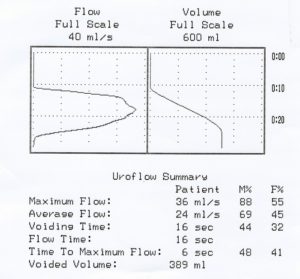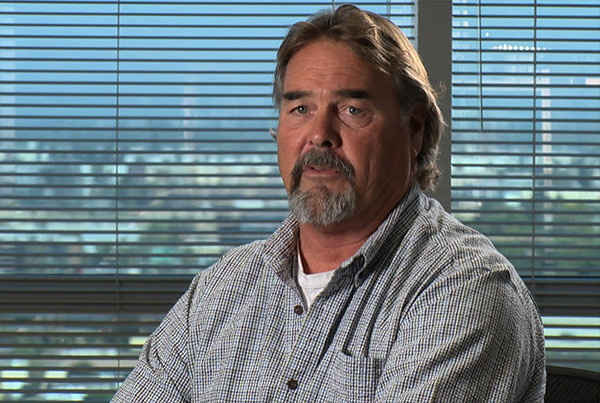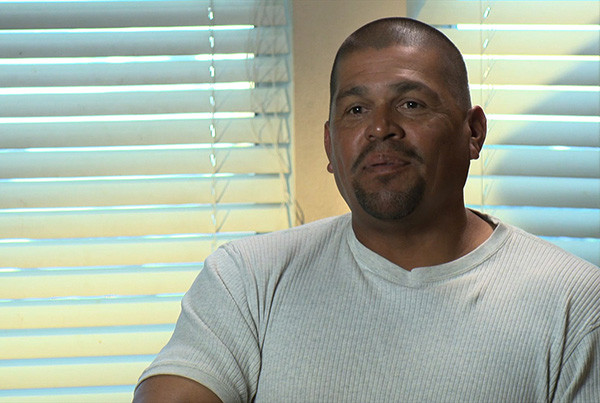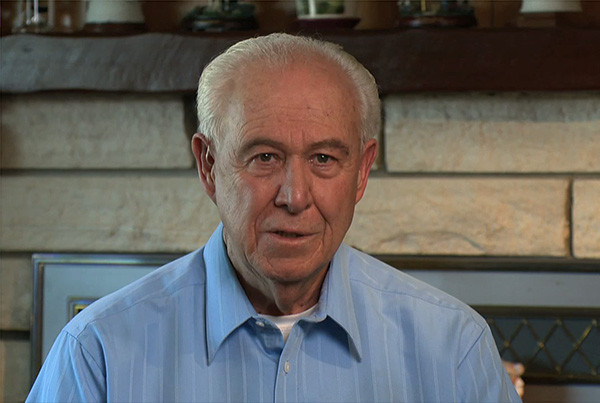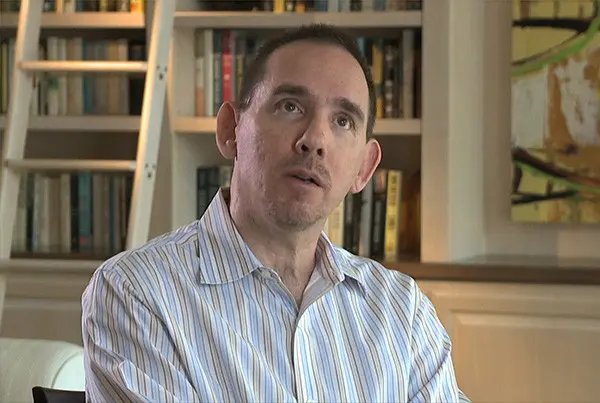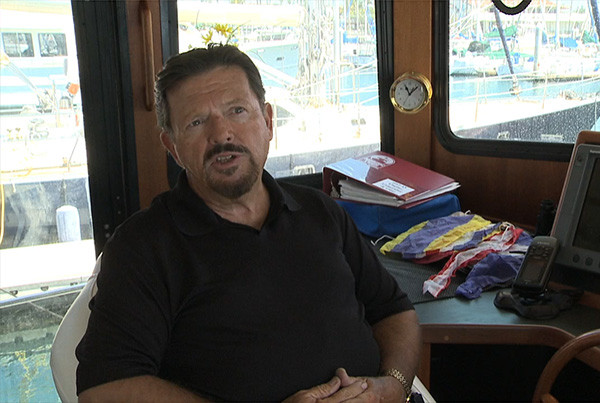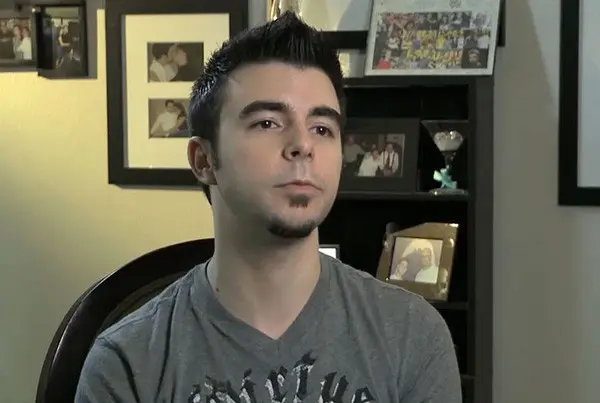Bulbar Strictures – Anastomotic Urethroplasty
For bulbar urethral strictures (commonly caused by straddle injuries), we recently reported an early success rate of 100% when anastomotic urethroplasty was performed (cut out the stricture when short then reconnect the healthy ends. This was always assessed by a look with a scope 4 months after surgery. The long-term success was 99.3% and for patients to be included, they had to complete validated questionnaires. This is the highest reported success rate and with the strictest definition of success.
Pelvic Fracture Urethral Injuries – Anastomotic Urethroplasty
For pelvic fracture urethral injuries, tears of the urethra that can happen when the urethra is severed from motor vehicle accidents or pelvic crush injuries, our early success rate has been 100% and long-term success has been 98%.
Dorsal Buccal Graft Onlay Urethral Stricture Repair
When bulbar strictures are too long to be treated with anastomotic urethroplasty, we add tissue of the narrow portion of the urethra to make it wider, and this is called dorsal onlay buccal grafting, a surgery made popular by Italian Urologist Guido Barbagli. With this technique, our early success was 97.5% and late success was 95%. It should be kept in mind that for some of our “failures”, the urethra may have been just slightly smaller than the size of the scope, but wide enough that the patient was without symptoms (in comparison to before surgery) and not needing any further treatment. Some would consider these patients to be a success, and we consider it a very beneficial thing when someone comes to our Center with a major problem, and then never has symptoms after a surgery. However, we maintain a very strict standard when reporting success rate.
Dorsal-Ventral Buccal Graft
Dr. Gelman has pioneered and published several new innovative techniques to treat complex urethral strictures. One such new surgical urethroplasty technique is now being called the “double faced buccal graft repair”. This was developed to provide a better way to repair long areas of urethral obliteration with a high success rate of 94%
More recently, we have used this operation that was once reserved for some of the most complex cases to treat men with longer strictures of the bulbar urethra where there is a particularly narrow segment with excellent results. Dr. Gelman’s double buccal graft urethroplasty technique is now becoming popular worldwide
Staged Repairs of Urethral Strictures
Among the more complex surgery cases are those that involve very long segments of the urethra including the urethra within the penis, and these often require a 2-stage repair where graft tissue is added to the urethra in the first operation, and then made into a tube 4 months later during the 2nd stage. This year, we presented our early and long-term success rates comparing the use of skin grafts and buccal grafts (tissue from inside the cheek)
Our early success rates were 100% success for both groups. However, we found that there were no late recurrences with the use of the buccal grafts and a fairly high recurrence rate years after the technically successful surgery when skin grafts were used. This is a reflection of the poor durability of skin grafts. As a result, we now favor buccal grafts.
When the success rate may not be 95-100%
When Dr. Gelman established the Center for Reconstructive Urology at UC, Irvine in 1998, he was 1 of only 3 Urologists in the western half of the United States with expertise in male urethral-genital reconstructive surgery. Recently, male Reconstructive Urology has become very popular and considerably more Urologists are performing urethoplasty surgery in the past 5 years than we have seen in the 10-15 years before that. As a result, we are seeing an increasing number of patients who come to us after failed urethroplasty. We can still offer these men re-do surgery with a very high success rate, but since these are considerably more complex problems, the success rate is not as high as for initial surgery. Our early technical success rate of 100% in treating men with anastomotic urethroplasty for bulbar strictures was for initial open surgery (although the vast majority had prior failed dilations and internal stricture incisions).
When the urethroplasty success rate will be lower
Patient Mr. T.T. was referred to our Center by his local Urologist. He was contacted by Dr. Gelman, and we scheduled a consultation and evaluation to determine the best treatment method. At the last minute, he cancelled and elected to seek care closer to his home. We followed up with the patient months later to confirm that he had received proper care.
He indicated that he had opted for treatment with a doctor at a major University Medical Center who was also a Reconstructive Urologist and this offered him some insurance cost savings and convenience. However, that Urologist’s practice was not exclusively devoted to Male Reconstructive Urology. He underwent urethral reconstruction for a short bulbar stricture that was 1-2 cm long with excision and primary anastomosis (also called anastomotic urethroplasty). The short stricture was removed and the ends are re-connected an operation that has been performed with a 100% technical early success rate over the past 20+ years at our Center.
After the surgery, the patient reported that he was given the impression that the surgery was considered a urethral stricture surgery success. However, he also stated he was required to return to the urologist for periodic catheter insertions, and that the catheter insertions were associated with significant bleeding. After informing the patient that he was not describing what should be considered a success, he elected to come to our Center for a diagnostic evaluation. A retrograde urethogram (RUG) was performed that revealed a 9 cm recurrent narrow caliber stricture.
